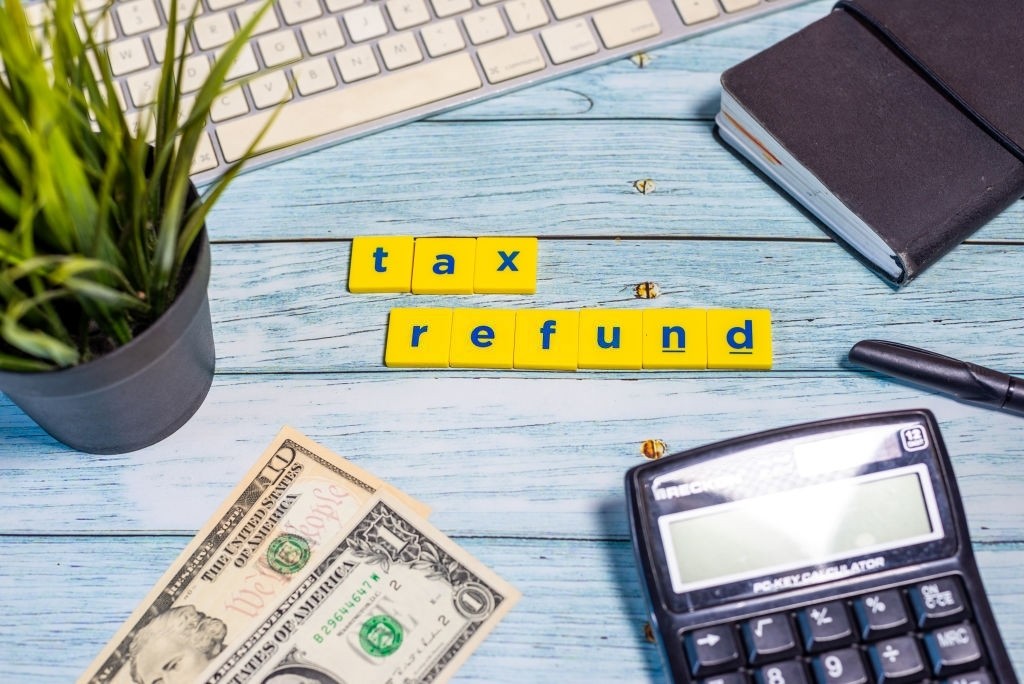The Tax Code imposes several artificial deadlines and consequences for not meeting those deadlines.
Many tax deadlines are strict. The result in tax cases often come down to whether a taxpayer can prove that he met these deadlines.
In Chan v. United States, No. 2:15-cv-739-DN-BCW (D. Utah 2016), the court considered whether an Adobe PDF file was sufficient to prove that a refund claim was timely filed.
Contents
Facts and Procedural History
The case involved the taxpayer’s 2008 income tax return. The taxpayer’s 2008 tax return was due on April 15, 2009. The taxpayer filed his 2008 tax return on or about October 15, 2009. He then filed a refund claim on or about October 15, 2012.
The question for the court was whether the taxpayer’s refund claim was timely filed. This in turn depended on whether the taxpayer requested an extension of time to file his 2008 return.
Refund Claim and Extension Rules
Refund claims must be filed within the later of three years of the date the tax return was filed or two years of the date the tax was paid. This is the general rule.
So if a tax return was due on April 15, 2009, the taxpayer would be able to file a refund claim anytime before April 15, 2012. The taxpayer could also pay the tax in 2015 and still file a refund claim in 2016 for the amount paid in 2015.
These dates are extended if the taxpayer makes a valid request to extend the time for filing his tax return.
Taxpayers can file a Form 4868, Application for Automatic Extension of Time To File U.S. Individual Income Tax Return, to request a six month extension of time to file their income tax returns. The Form has to be mailed to the IRS by the original due date for the tax return (which is normally April 15th for individual taxpayers).
So a taxpayer who extended their 2008 tax return due date from April 15, 2009 to October 15, 2009 could file a refund claim anytime before October 15, 2012.
The Taxpayer’s Proof that he Requested an Extension
In the present case, had the taxpayer filed an extension for his 2008 return, his time for filing a refund claim would have been extended to October 15, 2009. So his refund claim would have been timely. If he did not file an extension, his refund claim would not have been timely.
The IRS’s records did not show that a request for an extension was received. However, the taxpayer claimed that he requested an extension of time to file and that he sent it to the IRS on or before the April 15, 2009 filing deadline.
Most taxpayers make this showing by providing the court with copies of certified mail receipts, etc. They also e-File the form. Apparently the taxpayer did not keep this type of proof of mailing or e-File the form.
Instead, the taxpayer provided the court with an Adobe PDF version of the photograph of the extension to file form. He claimed that the photo was dated April 15, 2009. The court made this observation about this evidence:
After closely examining .pdf copies Chan provided per the Magistrate Judge’s requests and the hard copy provided with this objection, no date or time could be found. Chan did not submit a digital file from which any date or time could be determined or expert testimony regarding such a file. And, more importantly, there is simply no indication that he actually filed the application. In short, Chan does not provide usable evidence needed to meet the Commissioner’s challenge and gain subject matter jurisdiction.
So it appears that the court was prepared to accept the electronic document, but it was not able to do so without additional evidence to establish the date of the electronic file.
Are Electronic Records Sufficient
If the taxpayer had submitted additional evidence, such as testimony from an expert in computer data and Adobe PDF documents, there would still be a question as to whether the Adobe PDF document would be sufficient proof. This gets to the question as to whether electronic records are ever really sufficient, which is an important topic given the increased reliance on electronic records these days.
Had the taxpayer submitted expert testimony, it would show that the taxpayer completed the form timely, but it would not actually show that the taxpayer took steps to put the IRS form in the mail. Compare this to copies of certified mail receipts. The mail receipts would not show that the taxpayer even completed the IRS form (or even what, if anything, was included in the envelope), but they would show that something was mailed to the IRS within the specified time.
This issue is not limited to refund claims. Taxpayers rely on Adobe PDF files to prove that other tax deadlines are met too. For example, taxpayers typically keep Adobe PDF files to show that tax returns were eFiled. This comes up when the eFiled return is not processed by the IRS. The Adobe PDF files would show that the button was pushed to submit the return and the computer attempted to transmit the return, but it would not show that the computer was actually capable of sending the return. If confirmation of receipt was received, it would no doubt be saved as an Adobe PDF file.
If anything, the Chan case serves as a reminder that we cannot rely on Adobe PDF or other electronic records without considering exactly what the records substantiate and what records would be needed to document tax positions–particularly tax positions that are likely to be challenged by the IRS.
In 40 minutes, we'll teach you how to survive an IRS audit.
We'll explain how the IRS conducts audits and how to manage and close the audit.


